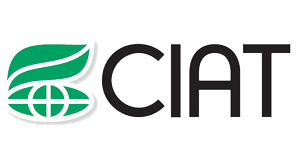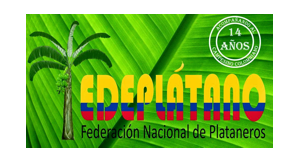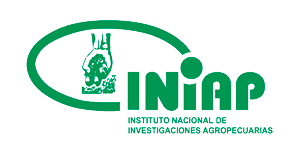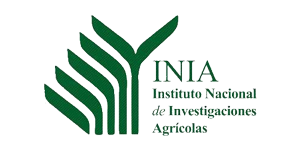Technological innovations to reduce agrochemicals in plantain
Development and of technologies for the phytosanitary management of plantain
Context of the story
Plantain and banana are traditionally propagated by vegetative cloning, that is, by corms or suckers. This type of propagation allows the staggered multiplication of crops and the reuse of seed between one harvest and another, but the use of planting material affected by phytopathogens is the main source of disease spread. Among the most relevant are the vascular wilt or Moko of quarantine importance. The inappropriate use of the affected planting material has contributed to the spread of Moko in several countries of Latin America and the Caribbean, such as Mexico, Honduras, Ecuador, Venezuela, Guyana, Trinidad, and Colombia, where it has devastated up to 100% of areas cultivated with musaceae.
Objectives of the Project
The implemented initiative
1. Develop and implement fast and clean production of plantain suckers.
2. Implement, through the participation of farmers, researchers and entrepreneurs, the use of compost leachate from harvest residues and other ecological practices, in the control of Sigatoka and Moko, under different production systems.
3. Validate and adjust the biological control of Weevils, with farmers and leading companies producing entomopathogens.
4. Evaluate different banana genotypes for their resistance to Weevils, Sigatoka and Moko, with criteria of adaptability, productivity and market acceptance.
5. Strengthen local capacities of farmers and technicians in new crop management strategies.
The technological solution
Development and use of technologies for the phytosanitary management of plantain, including thermal cameras for the production of hills and seedlings, identification of disease-resistant genotypes, development and use of leachates, biological controllers and low-cost bio-fertilizers that reduced the impact of agrochemicals on the environment, applying a participatory research scheme.
Mass propagation of clean, disease-free and low-cost seed is applicable to all areas cultivated of plantain and banana.
Results
- 30% reduction in total management costs of black Sigatoka in Quindío
- 75% reduction in systemic fungicide costs for Sigatoka control
- Implementation of thermal chambers for plant propagation: 4 in Colombia, 2 in Venezuela, and 2 in Ecuador
- Moko-resistant genotypes: (1 plantain, 2 banana)
- Black Sigatoka-resistant genotypes: (4 plantain, 2 banana)
- Picudo-resistant genotype: (1 plantain)
- Development of leachates: Biofertilizer, biofungicide, and bactericide

 Back to the project
Back to the project Colombia
Colombia Ecuador
Ecuador Venezuela
Venezuela





